
Editor's Note: This story originally appeared on The Penny Hoarder.
When you sell an investment for a profit, the Internal Revenue Service wants its cut.
Capital gains are the profits you make when you sell a stock, mutual fund or other taxable asset.
You’ll owe capital gains taxes if that investment increased in value while you owned it. How much you owe depends on a couple of factors, including your income and how long you owned the capital asset.
There are several legitimate ways to lower your capital gains tax liability, including investing in a retirement account.
Here’s everything you need to know, including capital gains tax rates and how to calculate what you owe.
What Is Capital Gains Tax?

Capital gains tax is a tax you pay on the profit made from selling an investment. The tax isn’t due until after you sell.
How much you owe in taxes depends on how long you owned the capital asset:
- Short-term capital gains — This tax rate applies to investments you sell less than one year after purchasing them.
- Long-term capital gains — This tax rate applies to investments you sell after owning them for at least one year. The rate is either 0%, 15% or 20%.
Capital gains taxes apply to most investment assets, including stocks, bonds, mutual funds, exchange traded funds, real estate, cars and cryptocurrency.
Capital gain taxes are due the same tax year you sell an investment, typically the following calendar year.
What Is Short-Term Capital Gains Tax?
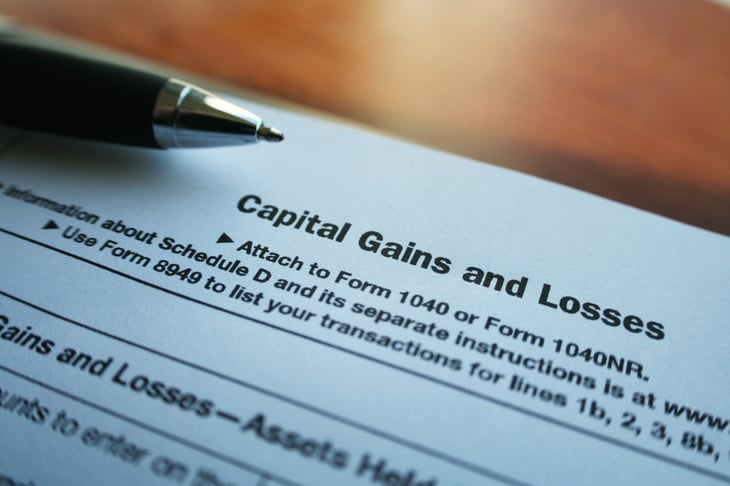
Short-term capital gains tax is a tax on the sale of capital assets owned for one year or less.
The short-term capital gains tax rate is basically your ordinary income tax rate (which is based on your tax bracket).
Rates range from 10% all the way up to 37% for tax year 2022.
What Is Long-Term Capital Gains Tax?

Long-term capital gains are levied on assets sold a year or more after purchase.
The long-term capital gain tax rate is either 0%, 15% or 20%, depending on your taxable income and filing status.
Most people fall into the 15% long-term capital gains rate.
Capital Gains Tax Rates for 2023

These tax rates apply when filing your income taxes in 2023 on long-term gains. Short-term capital gains are taxed at ordinary income tax rates.
2022 Long-Term Capital Gains Tax Rates: 0% tax rate

- Single tax filing status: $0 to $41,675
- Married, filing jointly tax filing status: $0 to $83,350
- Married, filing separately tax filing status: $0 to $41,675
- Head of household tax filing status: $0 to $55,800
2022 Long-Term Capital Gains Tax Rates: 15% tax rate

- Single tax filing status: $41,676 to $459,750
- Married, filing jointly tax filing status: $83,351 to $517,200
- Married, filing separately tax filing status: $41,676 to $258,600
- Head of household tax filing status: $55,801 to $488,500
2022 Long-Term Capital Gains Tax Rates: 20% tax rate

- Single tax filing status: $459,751 or more
- Married, filing jointly tax filing status: $517,201 or more
- Married, filing separately tax filing status: $258,601 or more
- Head of household tax filing status: $488,501 or more
How Do Capital Gains Tax Work?
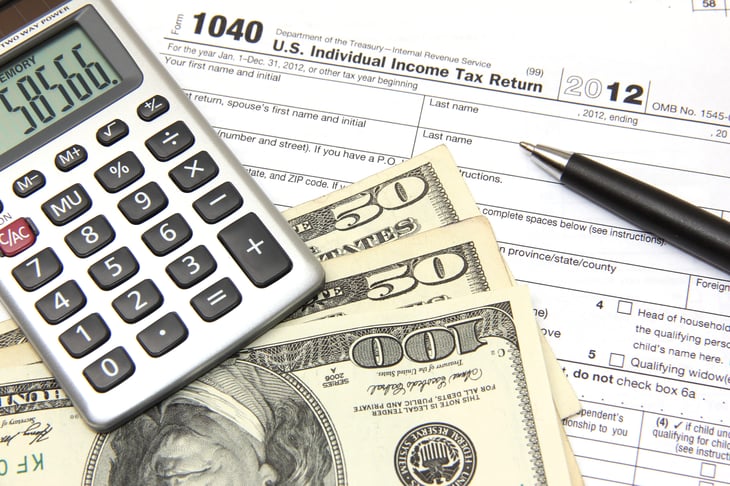
You’ll almost always pay a higher tax rate when you sell short-term investments (those held less than a year) than when you sell long-term investments.
Most people pay no more than 15% on long-term capital gains taxes. That’s usually more favorable than short-term capital gains tax rates, which follow your income tax bracket.
If you don’t sell any stocks, you don’t need to pay capital gains tax — but you may still have to pay tax on dividends from stocks you own.
When Do You Pay Capital Gains Taxes?

You generally owe capital gains tax for the tax year you sell an investment. For example, if you sell a stock in June 2022, you’ll need to report it when you file your 2022 tax return — by April 2023, or October 2023 if you file an extension.
Remember: Capital gains taxes aren’t due until after an investment is sold.
When you sell an investment, it’s called a realized gain or loss. The transaction is complete, and you’ve made your profit or taken your loss.
If you haven’t actually sold the capital asset, any investment profits or losses are called unrealized gains/losses.
Exceptions to Capital Gains Tax Rules
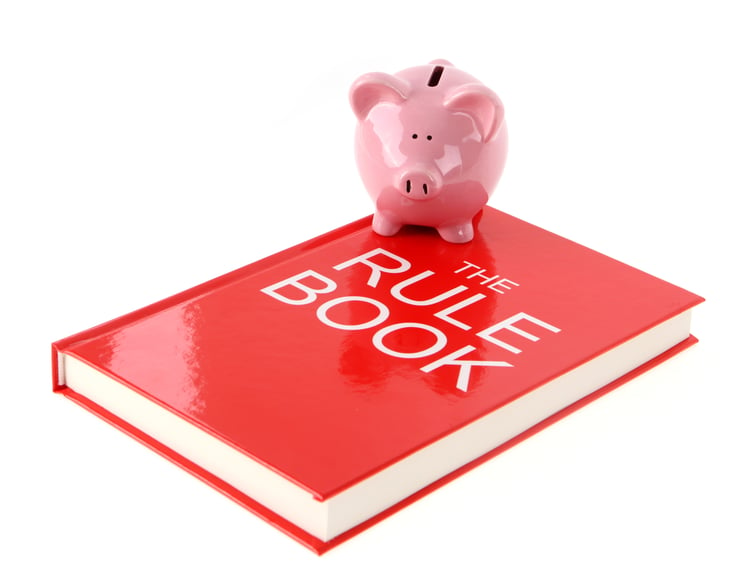
Not all assets receive the same capital gains tax treatment.
If you’re selling collectibles or real estate, be aware of these rules. High-income earners also pay a higher tax.
Collectibles

Selling collectibles you’ve owned at least one year nets a different tax rate than other capital assets.
Long-term gains on collectibles — such as fine art, antiques, jewelry and precious metals — are taxed at a flat 28% rate, regardless of your income.
Short-term gains on collectibles are still taxed at your ordinary income tax rate (i.e., your tax bracket).
Owner-Occupied Real Estate

Capital gains taxes are also calculated differently for most homeowners.
The first $250,000 of capital gain is excluded from the sale of a primary residence, so long as you’ve lived there for at least two out of the past five years. Married couples filing jointly can exclude the first $500,000.
To qualify, you must not have excluded another home from capital gains within the last two years.
Rule for High-Income Earners
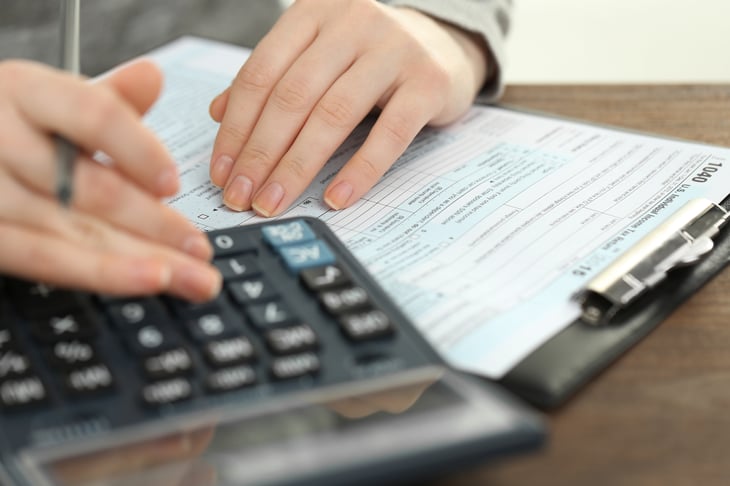
If your income is high enough, you may be subject to another 3.8% tax, known as the net investment income tax.
You’ll owe net investment income tax if your modified adjusted gross income (AGI) exceeds these maximum limits:
- Single or head of household: $200,000
- Married, filing jointly: $250,000
- Married, filing separately: $125,000
- Qualifying widow(er) with dependent child: $250,000
How to Calculate Your Capital Gains Tax

Most people hire a tax professional or use tax software to figure out their capital gains tax bill.
But you can still try to crunch the numbers yourself.
First, separate your short-term gains and losses from your long-term gains and losses. (Short-term losses can offset short-term gains. Long-term losses can offset long-term gains.)
Your short-term gains are taxed at your ordinary income rate while any long-term gains are taxed at the long-term capital gains rate.
Capital Gains Tax Formula

The formula is: How much you sold an asset for, minus what you paid for it, equals your capital gain/loss.
For example, if you bought a stock for $500, then sold it a couple of years later for $700, your capital gain is $200.
You’re taxed on the capital gain ($200), not the sale price ($700).
The difference between your capital gains and capital losses is called your net capital gain. If your gains outnumber your losses, you experience a net capital loss.
4 Ways to Reduce Your Capital Gains Tax

There are several legitimate ways to reduce your tax liability after selling an investment.
1. Hold Your Investments for at Least a Year

If you wait at least one year to sell an investment, you’ll pay lower capital gains tax rates. This doesn’t bode well for day trading, but investing long-term can help reduce your tax bill.
Consider this: Whether you make $50,000 a year or $190,000 a year, you’ll report a 15% capital gains tax rate when you sell a stock owned for at least one year.
However, if you hold the stock for less than a year, you would be taxed at your ordinary income rate. That would be a 22% capital gains tax if your annual income is $50,000 up to a whopping 32% capital gains tax if your annual income is $190,000.
2. Invest in a Retirement Account
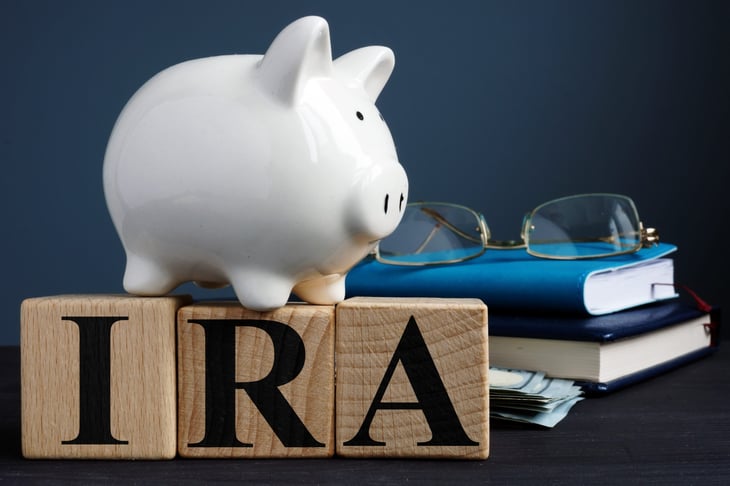
If you sell a capital asset in a retirement account, you won’t owe taxes until you withdraw the money.
You can open up an individual retirement account (IRA) on your own or open a 401(k) or a similar account — a 403(b) or a 457 plan — with your employer.
Once money is in your 401(k) or IRA, and as long as the money stays in the account, you won’t pay taxes on investment gains, interest or dividends.
If you own a Roth retirement account, you won’t owe any taxes when you withdraw money either, as long as you’re at least 59.5 years old.
3. Offset Capital Gains With Capital Losses
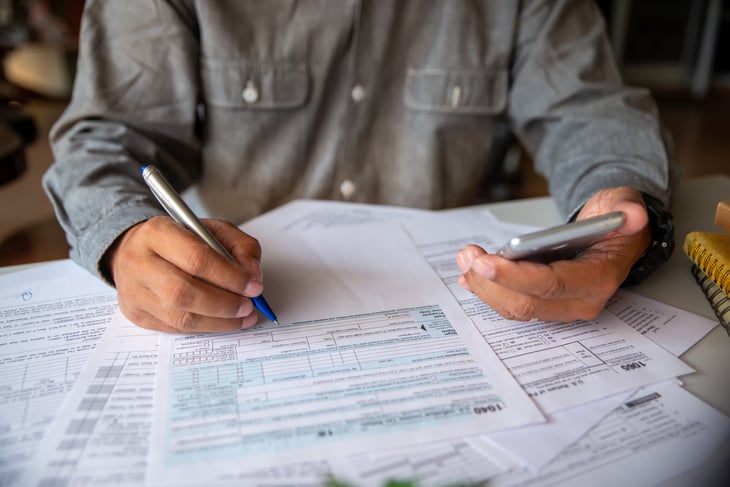
When you sell a stock or other asset for less than what you paid for it, you experience a capital loss.
You can use capital losses to offset capital gains. If you made a big profit earlier in the year, selling stocks at a loss can reduce or even eliminate how much you owe in capital gains taxes.
This strategy is called tax loss harvesting. Many financial advisers offer this service. It’s also a feature of several robo-advisers, such as Wealthfront.
If your capital losses are greater than $3,000, you can carry those losses forward indefinitely and deduct them from your capital gains in the future.
4. Wait to Sell Until Retirement

If you’re near retirement, it can make sense to wait until your taxable income is lower to sell investments.
A lower income equals a lower capital gains tax rate, especially if you’re looking to cash in short-term investments.
If your income is low enough (less than $41,675 for tax year 2022), you might be able to avoid capital gains taxes on long-term investments entirely.






Add a Comment
Our Policy: We welcome relevant and respectful comments in order to foster healthy and informative discussions. All other comments may be removed. Comments with links are automatically held for moderation.